Appointments to the Permanent Force (1905)
Topic: Canadian Militia
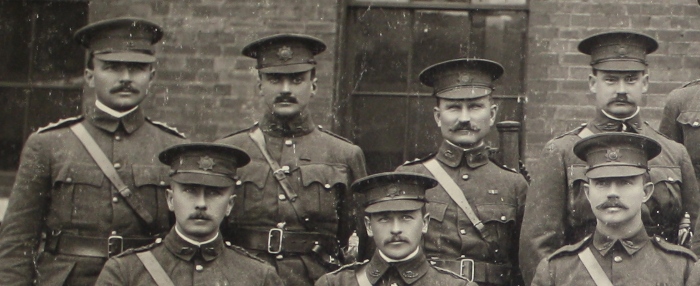
Appointments to the Canadian Permanent Force (1905)
From the Orders-in-Council documents archives on line by Library and Archives Canada, we find this memorandum amending the conditions for appointments of new officers to the Permanent Force:
"The Minister of Militia and Defence recommends for approval the General Orders (Special) dated 14th July, 1905, containing regulation to govern appointments to the Permanent Force, the same having been recommended by the Militia Council.
"The Committee submit the same for approval."
The memo was signed off by the Prime Minister, Sir Wilfred Laurier, and counter-signed in approval by the Governor-General, Earl Grey on 20 July, 1905.

General Orders – 1905 (Special)
Headquarters, Ottawa, July 14th, 1905.
King's Regulations and Orders for the Militia of Canada, 1904.
Paragraph 933, and amendments thereto published in General Orders Nos. 55 and 115, 1905, are hereby cancelled, and the following substituted in lieu thereof:—
933 (1). A candidate to be eligible for first appointment to a unit of the permanent force must fulfill the following conditions:—
(a) He must be unmarried, and be between the ages of 18 and 25 on the first day of January of the current year,
(b) He must be a British subject by birth of naturalization.
(c) He must be certified by a medical board to be in every respect fit for military service.
(d) He must be in possession of a diploma of graduation, or a certificate of military qualification, from the Royal Military College of Canada, and be recommended for appointment by the Commandant of the College; or,
(d 1) He must have attended two annual trainings of a corps of the active militia, and be recommended by his commanding officer and the officer holding the higher command (or, when the district is not within a command, by the officer commanding the district), as being in every way fitted for appointment to a commission in the permanent force, and have obtyained an officer's long course certificate; or,
(d 2) He must have served satisfactorily as an officer of His Majesty's regular army for at least six months; or,
(d 3) He must have served for at least two years in the field in South Africa during the Boer War with one of the Canadian contingents, one year of such period as a commissioned officer and be recommended by the commanding officer under whom he served as in every way fitted and eligible for appointment to the permanent force, and have passed such literary examination as may be prescribed.
(2) Applicants for commissions in the permanent force, not qualified as above described in paragraphs (d), (d 1), (d 2) and (d 3) may be attached for duty to a unit of the permanent force for the purpose of obtaining an officer's long course certificate. In no case, however, will such applicant be attached for a longer period than 18 months.
(3) Appointments to the Army Service Corps, Army Medical Corps, Ordnance Stores Corps and the Pay Department will be specially considered by the Minister of Militia in Militia Council.
(4) All first appointments in the Canadian permanent engineers and permanent artillery, and every alternate commission in the permanent cavalry, mounted infantry and infantry, will be offered in the first instance, to graduates of the Royal Military College of Canada.
(5) Three commissions will be given annually, should vacancies exist, to the graduating class, viz:–every year one in the Canadian permanent infantry; and each alternate year:—
(a) one in the permanent engineers and one in the permanent fiedl artillery,
(b) one in the permanent cavalry or mounted infantry and one in the permanent garrison artillery.
By Command,
B.H. Vidal, Col.
Adjutant General
Document initialled: "F.W.B." – Frederick William Borden (Minister of Militia and Defence, 1896-1911)

Posted by regimentalrogue
at 12:01 AM EST
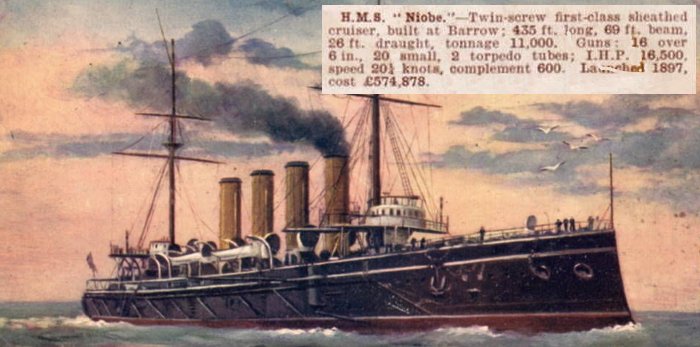
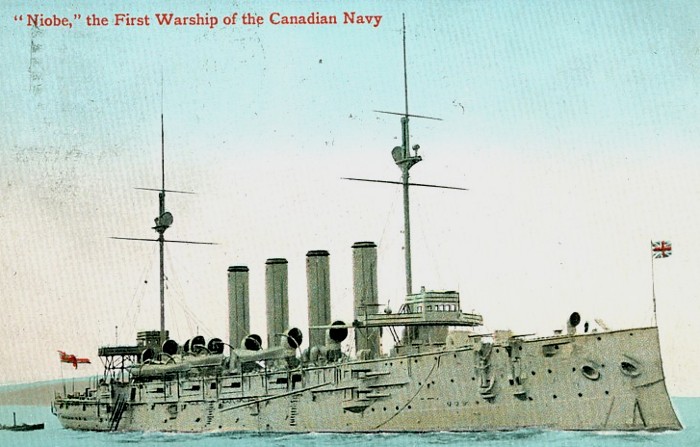



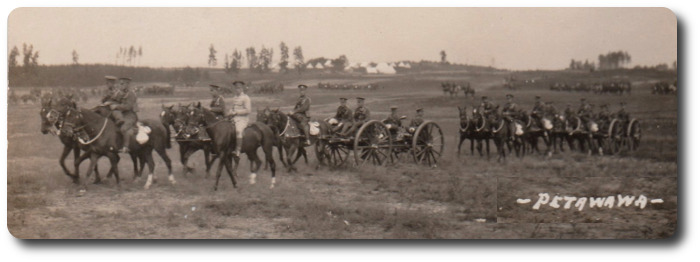
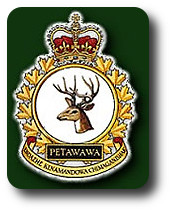 From the
From the 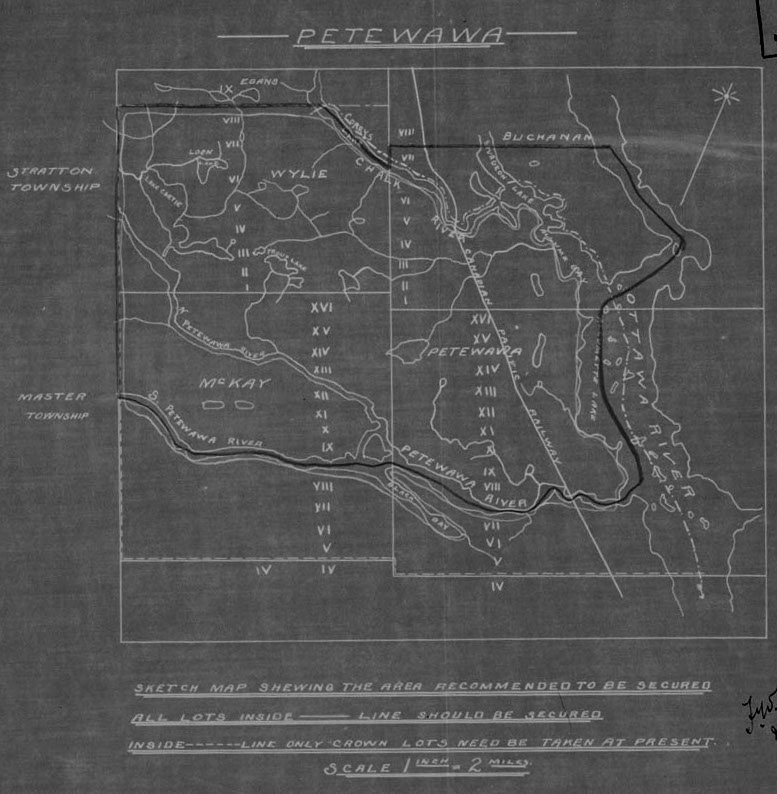
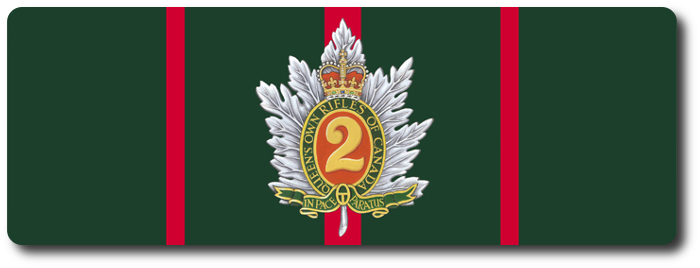
 A Guide to Riflemen of
A Guide to Riflemen of 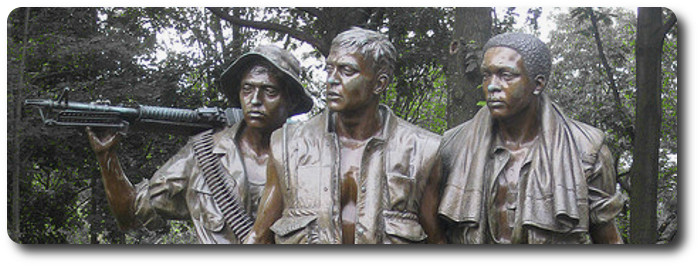
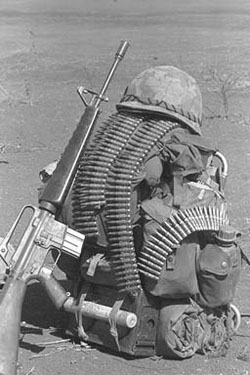 The jungle-covered limestone ridges [of the Dak To] took a physical toll even with-out the lung-busting effort of combat. A load for an American soldier on the move might weigh as much as fifty pounds all told. Typically, he lugged at least five hundred rounds for his M-16, loaded eighteen or nineteen to a magazine. He was issued belt pouches to carry his magazines, but he often packed some of them in canteen covers or in a cloth claymore mine bag for easier access.
The jungle-covered limestone ridges [of the Dak To] took a physical toll even with-out the lung-busting effort of combat. A load for an American soldier on the move might weigh as much as fifty pounds all told. Typically, he lugged at least five hundred rounds for his M-16, loaded eighteen or nineteen to a magazine. He was issued belt pouches to carry his magazines, but he often packed some of them in canteen covers or in a cloth claymore mine bag for easier access.

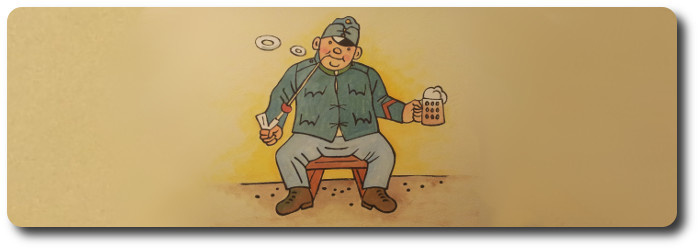
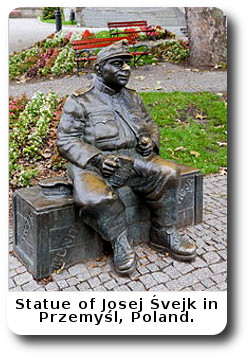 Officers' orderlies are of very ancient origin. It would appear that
Officers' orderlies are of very ancient origin. It would appear that 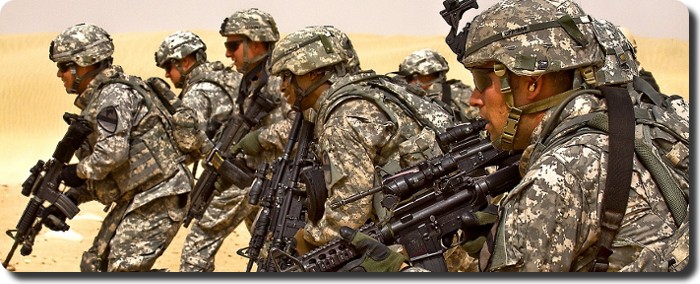
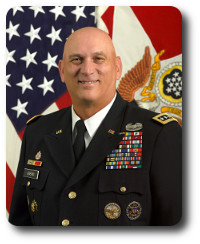 In early 2012,
In early 2012, 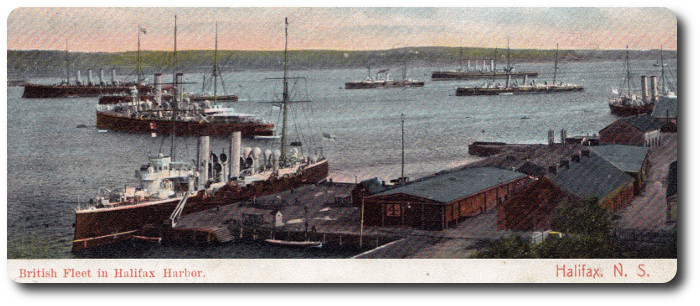
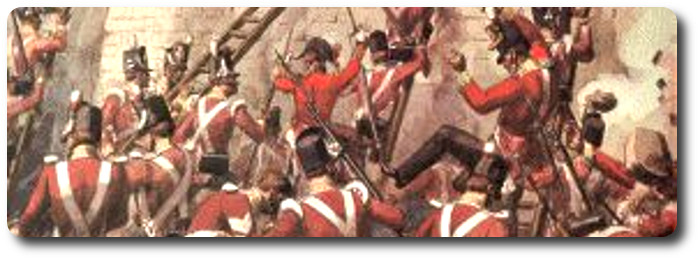
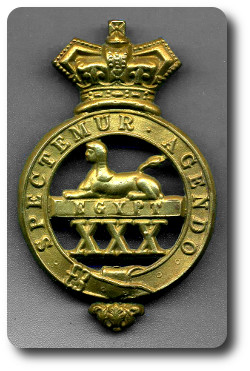 Inside the Regiment; The Officers and Men of the 30th Regiment During the Revolutionary and Napoleonic Wars, Carole Divall, 2011
Inside the Regiment; The Officers and Men of the 30th Regiment During the Revolutionary and Napoleonic Wars, Carole Divall, 2011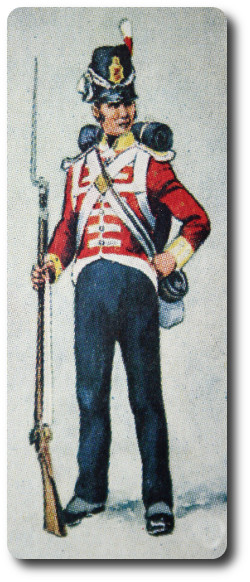 Finally, there was the question of pay, a shilling a day for the first seven years of service, rising to l/1d after seven years, and 1/2d after fourteen years. This needs to be compared with civilian rates. For example, agricultural labourers earned an average of 2/- a day, while skilled textile workers might earn as much as 4/- a day. In addition, the soldier received a penny a day as beer money, and sixpence for subsistence when on the march, twopence of which remained his after fourpence had been paid to the innkeeper who fed him. Since food, clothing and accommodation were all provided, he might well feel satisfied with his lot — were it not for the deductions the army demanded. Stoppages for necessaries, as we have seen, could amount to 1/6d a week maximum, while a further 4/7d maximum might he taken for messing expenses, including the supply of vegetables. If the full amounts were exacted, the soldier would be left with 1/6d a week, hardly a princely sum. And yet some men managed to leave a considerable sum upon their death, anything between five and ten pounds not being unusual.
Finally, there was the question of pay, a shilling a day for the first seven years of service, rising to l/1d after seven years, and 1/2d after fourteen years. This needs to be compared with civilian rates. For example, agricultural labourers earned an average of 2/- a day, while skilled textile workers might earn as much as 4/- a day. In addition, the soldier received a penny a day as beer money, and sixpence for subsistence when on the march, twopence of which remained his after fourpence had been paid to the innkeeper who fed him. Since food, clothing and accommodation were all provided, he might well feel satisfied with his lot — were it not for the deductions the army demanded. Stoppages for necessaries, as we have seen, could amount to 1/6d a week maximum, while a further 4/7d maximum might he taken for messing expenses, including the supply of vegetables. If the full amounts were exacted, the soldier would be left with 1/6d a week, hardly a princely sum. And yet some men managed to leave a considerable sum upon their death, anything between five and ten pounds not being unusual. 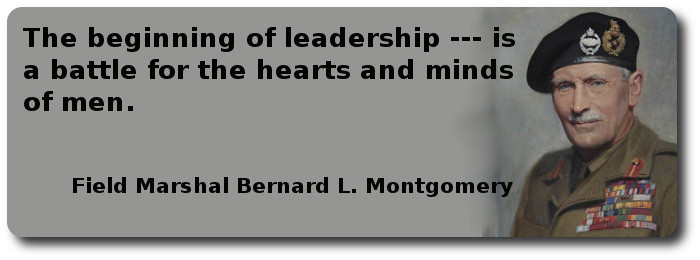
 An army today is a self-contained community; it contains everything its members need for war, from bullets to blood banks. I will always remember Churchill's anger when he heard of several dentist's chairs being landed over the beaches in Normandy! But we have learnt since the 1914-18 war that by caring for a man's teeth, we keep him in the battle. The good general must not only win his battles; he must win them with a minimum of casualties and loss of life. I learnt during the 1939-45 war that four things contributed to the saving of life:
An army today is a self-contained community; it contains everything its members need for war, from bullets to blood banks. I will always remember Churchill's anger when he heard of several dentist's chairs being landed over the beaches in Normandy! But we have learnt since the 1914-18 war that by caring for a man's teeth, we keep him in the battle. The good general must not only win his battles; he must win them with a minimum of casualties and loss of life. I learnt during the 1939-45 war that four things contributed to the saving of life: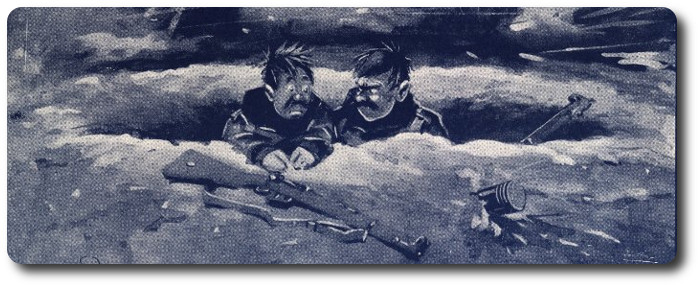
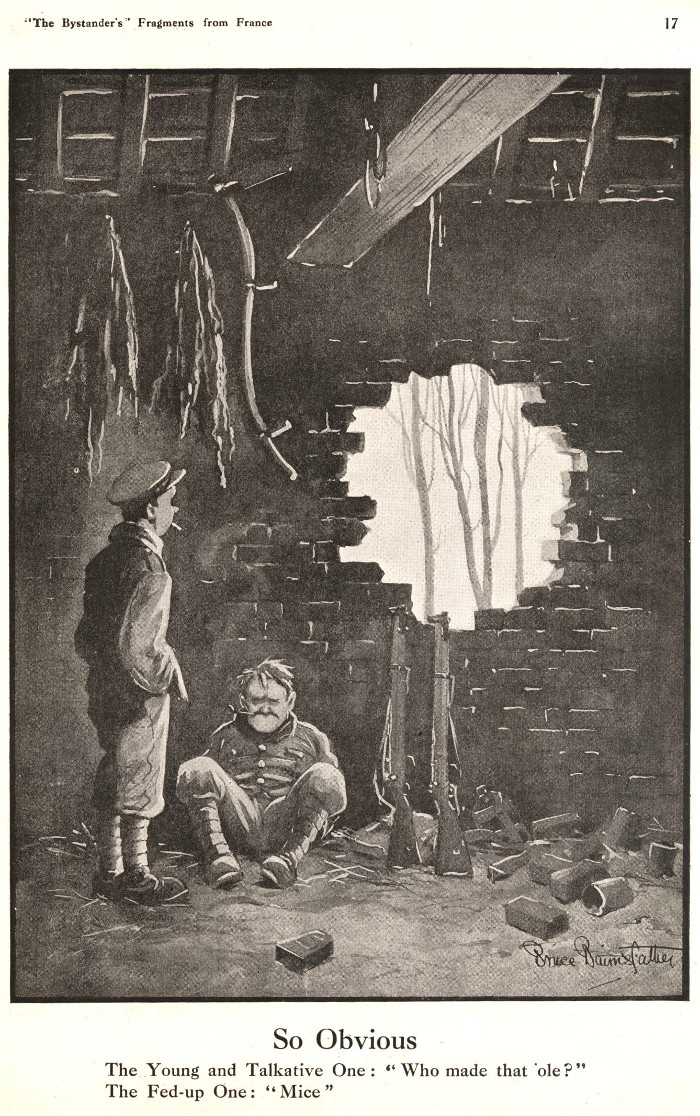


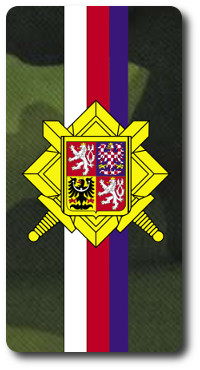 Common principles of military operations stated in chapter 4 of this doctrine, fully apply to combat operations too, for which the following principles are specific:
Common principles of military operations stated in chapter 4 of this doctrine, fully apply to combat operations too, for which the following principles are specific: 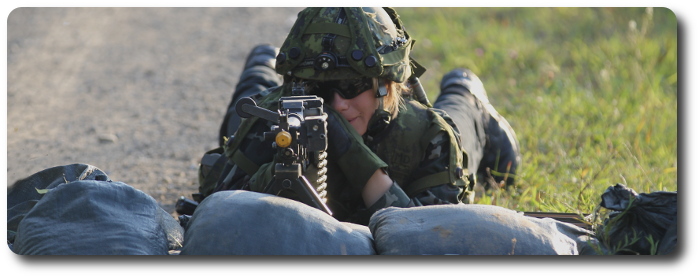
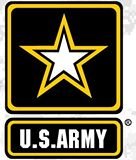
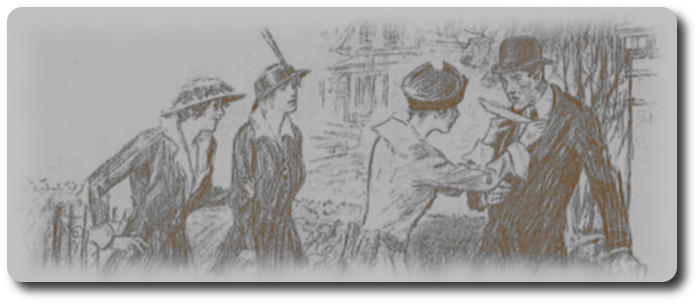
 The memorable year of 1914 closes with the hope that we shall soon be 'in it.'
The memorable year of 1914 closes with the hope that we shall soon be 'in it.'
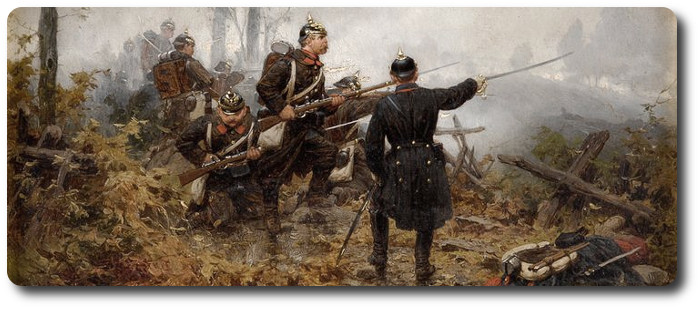
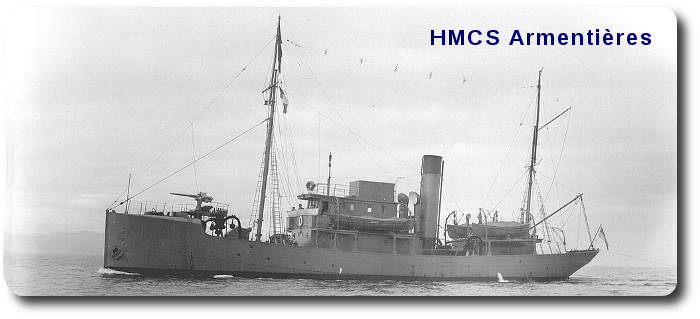
 Combat Recon Manual, Republic of Vietnam; 1970
Combat Recon Manual, Republic of Vietnam; 1970